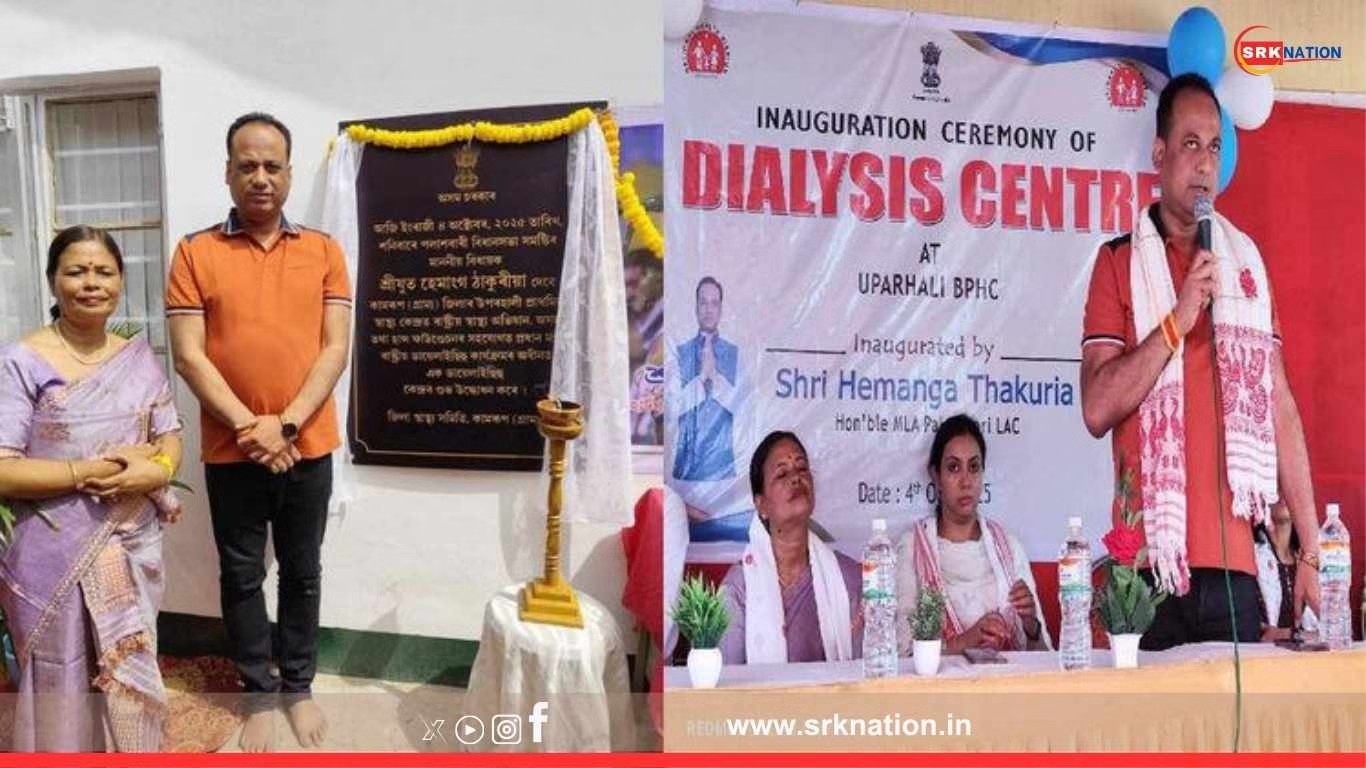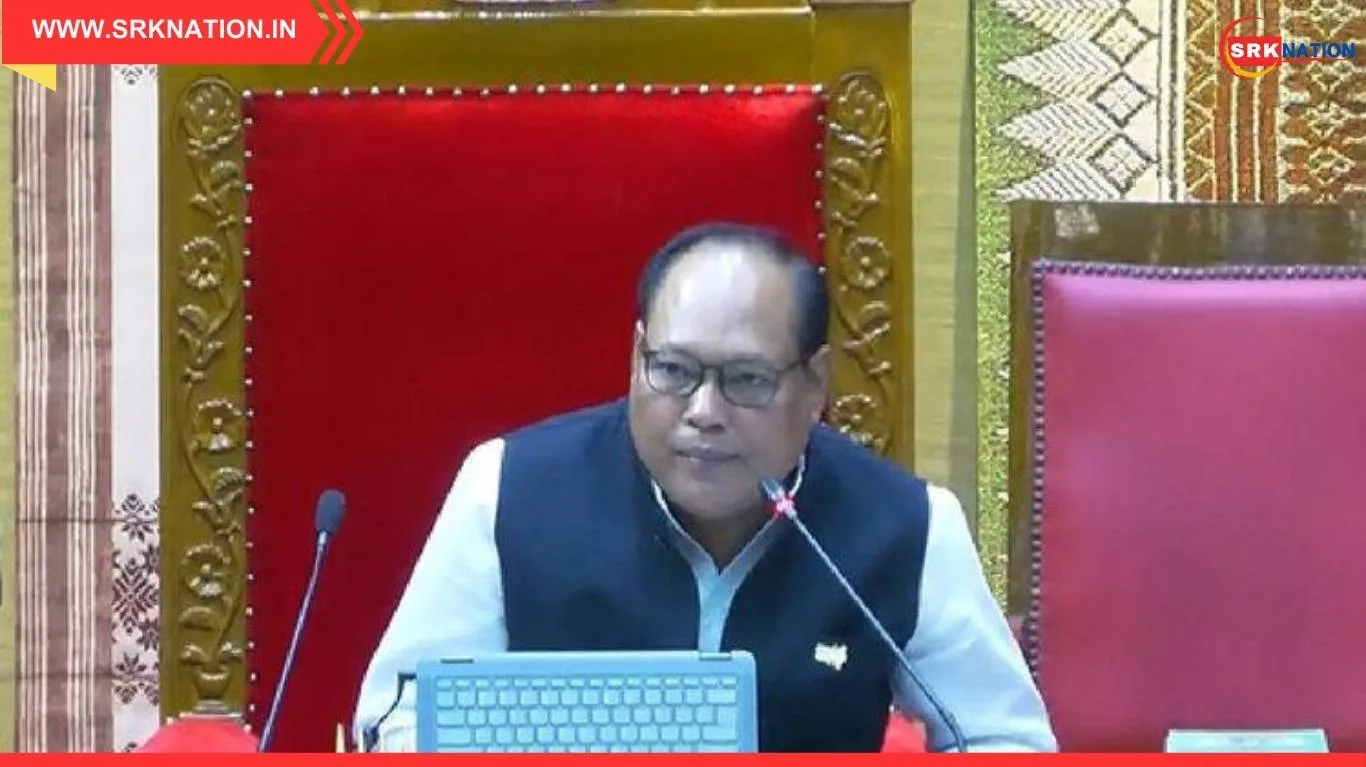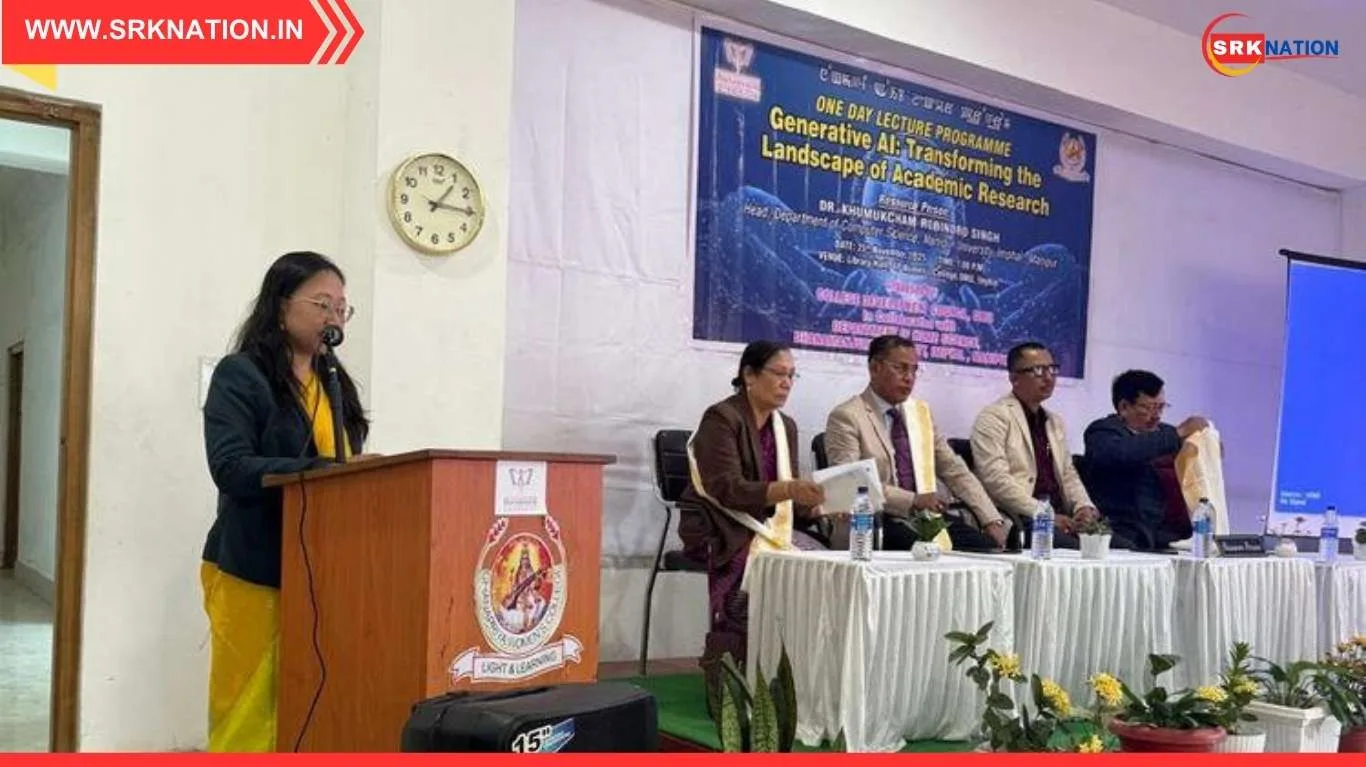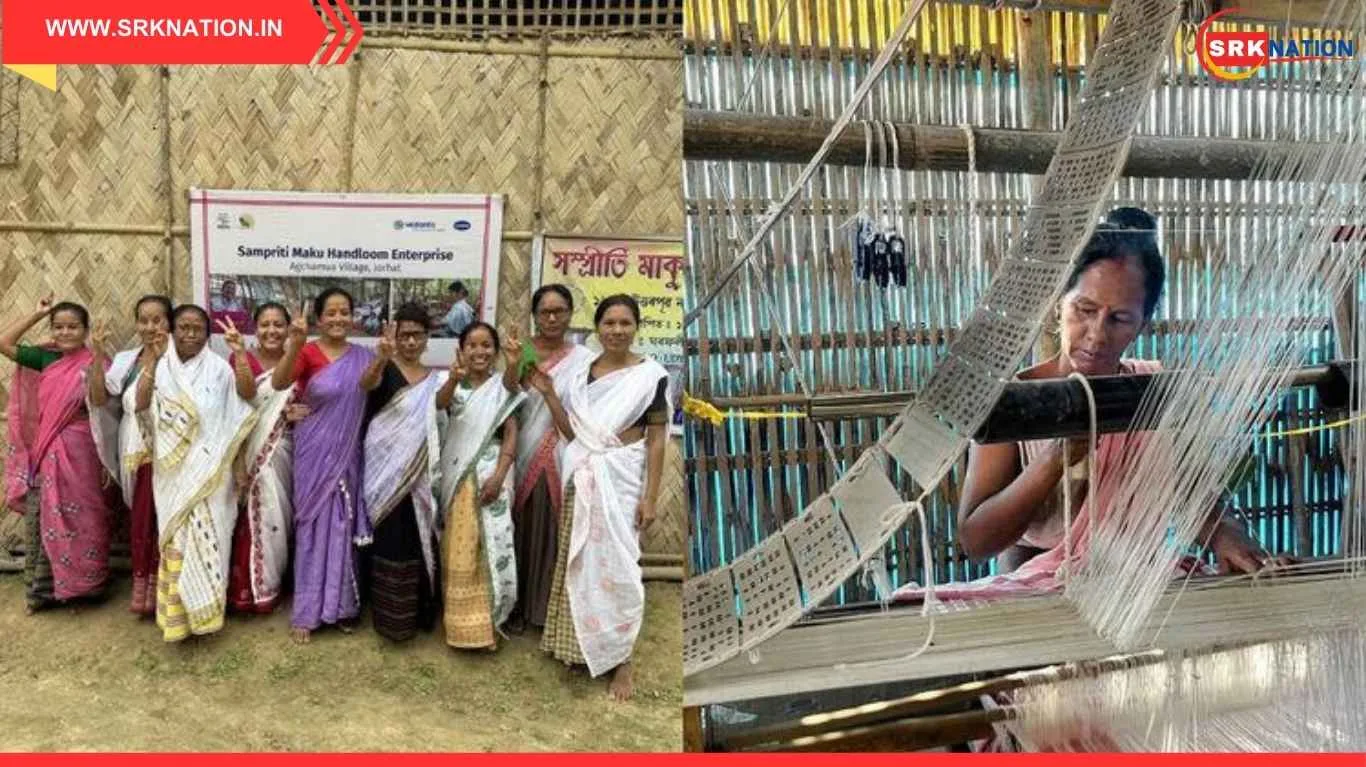In a major step towards strengthening rural healthcare infrastructure in Assam, a new dialysis centre was inaugurated at the Uparhali Block Primary Health Centre (PHC) in South Kamrup district on October 4, 2025. The facility, equipped with modern dialysis machines and trained staff, aims to provide life-saving renal care to patients suffering from chronic kidney disease (CKD) in the region, reducing their dependence on distant urban hospitals.
The inauguration ceremony was attended by senior officials from the Assam Health Department, local MLAs, and community leaders. The centre is part of the state government’s ongoing initiative to decentralize critical healthcare services and ensure equitable access to treatment for underserved populations.
Dialysis Centre at Uparhali Block PHC – Key Features
| Facility Component | Details |
|---|---|
| Location | Uparhali Block PHC, South Kamrup |
| Number of Dialysis Machines | 6 |
| Operational Capacity | 12 patients per day |
| Staff Strength | 2 nephrology technicians, 1 medical officer |
| Operating Hours | 8 AM to 6 PM, six days a week |
| Service Cost | Free for BPL and Ayushman Bharat beneficiaries |
The new centre is expected to benefit over 1,500 patients annually, particularly those from rural pockets of South Kamrup, Palasbari, Chaygaon, and nearby areas. Until now, patients had to travel to Guwahati or Nalbari for dialysis, often incurring high transportation and accommodation costs.
Speaking at the event, Dr. Ranjan Das, Director of Health Services (Assam), said, “This dialysis centre is a testament to our commitment to bridging the urban-rural healthcare divide. Kidney disease is rising across Assam, and timely access to dialysis can save lives. Uparhali PHC will now serve as a model for other block-level facilities.”
Healthcare Burden in South Kamrup – Renal Disease Snapshot
| Indicator | Value (2024) | Commentary |
|---|---|---|
| CKD Prevalence | 7.2% of adult population | Higher than national average |
| Dialysis Patients | ~1,800 registered cases | Majority from rural areas |
| Nearest Dialysis Facility | Guwahati Medical College | 45–60 km away |
| Monthly Travel Cost | ₹2,000–₹4,000 per patient | Financial strain on low-income families |
The centre has been established under the National Health Mission (NHM) with support from the Assam government and in collaboration with a private dialysis service provider. It is equipped with reverse osmosis water purification systems, emergency backup power, and infection control protocols.
Local MLA Rekibuddin Ahmed, who played a key role in mobilizing support for the project, said, “South Kamrup has long needed a dedicated dialysis facility. This centre will not only save lives but also restore dignity to patients who struggled with long journeys and financial hardship.”
Dialysis Centre Impact – Expected Outcomes
| Area of Impact | Projected Benefit |
|---|---|
| Patient Survival Rate | 20–30% improvement with timely access |
| Out-of-Pocket Expenses | Reduction by ₹3,000–₹5,000 per month |
| Hospital Referrals | Decrease in tertiary hospital overload |
| Community Health Awareness | Increase in CKD screening and early detection |
The inauguration also saw the launch of a community awareness campaign on kidney health, diet, and lifestyle. ASHA workers and ANMs will be trained to identify early symptoms of kidney disease and refer patients for screening. The PHC will also conduct monthly nephrology camps in collaboration with Guwahati-based specialists.
Assam’s Health Minister Keshab Mahanta, in a statement, emphasized the government’s focus on expanding dialysis services to all districts. “We have already operationalized 22 dialysis centres across Assam. By 2026, we aim to have at least one dialysis unit in every block PHC. Uparhali is a step in that direction.”
Assam Dialysis Infrastructure Expansion – Status Update
| District/Region | Number of Dialysis Centres | Operational Since |
|---|---|---|
| Kamrup Metro | 3 | 2018–2023 |
| Kamrup Rural | 2 | 2024–2025 |
| Barpeta | 1 | 2023 |
| Dibrugarh | 2 | 2022–2024 |
| Goalpara | 1 | 2025 |
| South Kamrup (Uparhali) | 1 | October 2025 |
The initiative aligns with the broader goals of Ayushman Bharat and PM-JAY, which aim to provide free dialysis to eligible patients. The Uparhali centre is integrated with the PM-JAY portal, allowing seamless verification and cashless treatment.
Patients who attended the inauguration expressed relief and gratitude. “I’ve been traveling to Guwahati twice a week for dialysis. It’s exhausting and expensive. Now I can get treated near home,” said 58-year-old Abdul Karim from Chaygaon.
Patient Voices – Real Impact of Local Dialysis Access
| Name & Location | Challenge Faced | Benefit from New Centre |
|---|---|---|
| Abdul Karim, Chaygaon | Weekly travel to Guwahati, ₹5,000/month | Local access, zero travel cost |
| Renu Devi, Palasbari | Missed sessions due to transport issues | Regular treatment, improved health |
| Nurul Islam, Uparhali | No prior access to dialysis | First-time treatment, early intervention |
The Assam government has also announced plans to recruit additional nephrology technicians and train PHC staff in dialysis protocols. A telemedicine link between Uparhali PHC and Guwahati Medical College is being developed to enable remote consultations and emergency support.
Social media platforms lit up with praise for the initiative, with hashtags like #AssamHealthcare, #UparhaliDialysisCentre, and #NHMAssam trending across Twitter/X, Facebook, and YouTube. Citizens, health activists, and local leaders hailed the move as a breakthrough for rural healthcare.
Public Sentiment – Social Media Buzz on Uparhali Dialysis Centre
| Platform | Engagement Level | Sentiment (%) | Top Hashtags |
|---|---|---|---|
| Twitter/X | 1.2M mentions | 88% supportive | #UparhaliDialysisCentre #NHMAssam |
| 1.1M interactions | 85% grateful | #AssamHealthcare #KamrupWellness | |
| 950K views | 82% inspired | #HealthForAll #DialysisNearMe | |
| YouTube | 870K views | 80% informative | #AssamExplained #RuralHealthMission |
In conclusion, the inauguration of the dialysis centre at Uparhali Block PHC marks a transformative moment for healthcare delivery in South Kamrup. By bringing critical renal care closer to rural communities, the Assam government has taken a decisive step toward equitable, accessible, and life-saving health services. As the model scales across districts, it promises to redefine rural healthcare standards and empower patients with dignity and hope.
Disclaimer: This article is based on publicly available government statements, verified health department data, and official media coverage. It does not constitute medical advice or prediction of treatment outcomes. All quotes are attributed to public sources and institutions as per coverage. Readers are advised to consult certified healthcare professionals for medical guidance.











